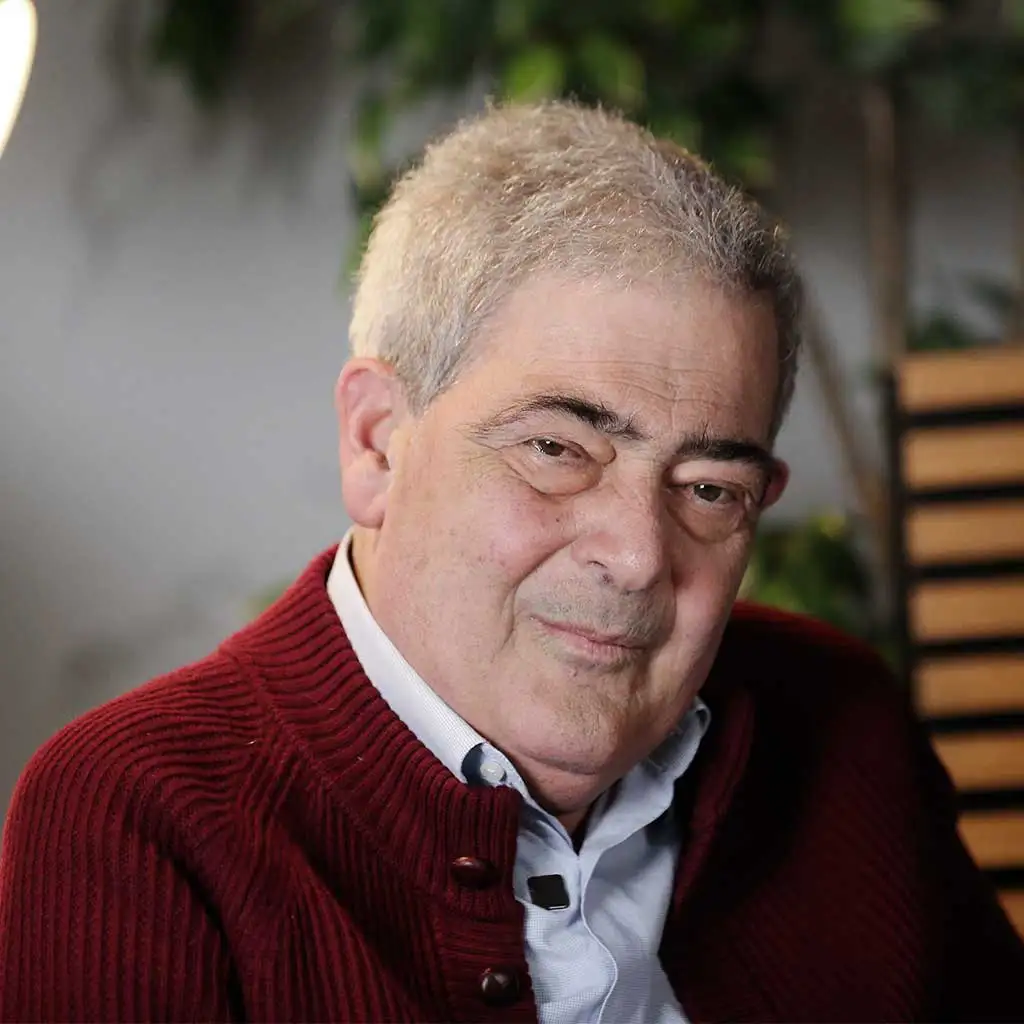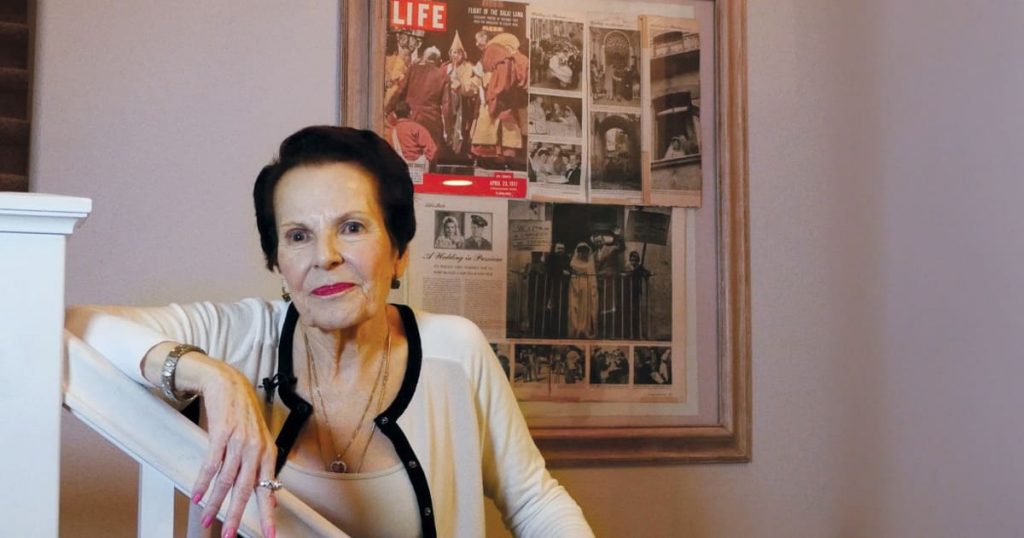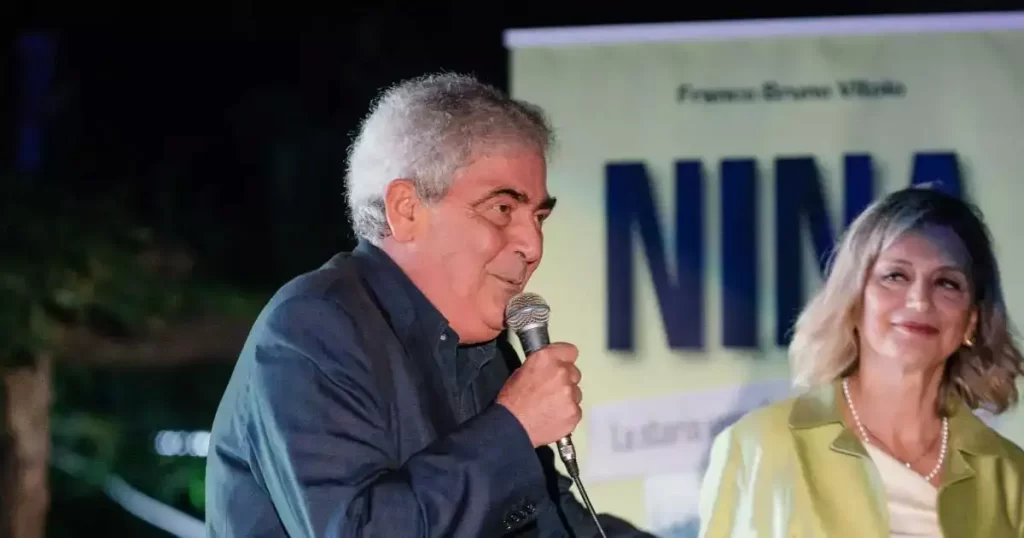Franco bruno vitolo – PRESS
PRESS RELEASE REPORT WEB IL MATTINO LA STAMPA UNA VITA A FOGLIETTI GAZZETTA DELL’IRPINIA CAVANOTIZIE QUOTIDIANO DEI CONTRIBUENTI IL PORTICO
PRESS RELEASE REPORT WEB IL MATTINO LA STAMPA UNA VITA A FOGLIETTI GAZZETTA DELL’IRPINIA CAVANOTIZIE QUOTIDIANO DEI CONTRIBUENTI IL PORTICO
Eli alves M phtoo gallery
VIDEO INTERVIEW – Interview with Franco Bruno Vitolo BOOK TRAILER – NINA trailer EXTRA CONTENTS – NINA poverty and war – NINA meet George – NINA the wedding – NINA USA

Franco Bruno Vitolo was born in 1949 in Cava de’ Tirreni (SA). He graduated in Classical Literature and began his career as a high school teacher in Como from 1977 to 1987. He continued his educational career until 2011 in Campania, particularly in Cava de’ Tirreni, his place of residence. After retiring, his passion for culture and writing did not diminish. He has engaged extensively in journalism and publishing, including production, editing, and book presentations. Among his most significant works, he curated the publication of “Gli anni rubati” – “The Memories of Settimia Spizzichino,” a survivor of Auschwitz and the only woman to survive the deportation of October 16, 1943, from the Roman ghetto to the concentration camps. Consequently, he published “Cioccolato ad Auschwitz,” a novelized diary of the trip to the concentration camp with Settimia, with students from Cava de’ Tirreni, and with former deportees and their families, later adapted into school editions (Simone, 2006 and 2020). For schools, he also published, along with Anna Somma, “Il Vocabolatino,” “Papà Latino,” and “Latino mio.” His dedication to cultural heritage is further highlighted by the creation, along with other members of the “Figli di Mamma Lucia” Committee, of the museum dedicated to the woman who, between 1946 and 1948, excavated and recovered the remains of at least 400 German soldiers who died during the Battle of Salerno, ensuring they were returned to Germany and their families.

September 14, 2023 – San Giovanni Palace, Cava de’Tirreni (SA)

December, 5 2023 Circolo Internazionale of Castellammare di Stabia (NA)

“Nina” is an interview-novel divided into sixteen chapters, a prologue, and an epilogue, accompanied by photographs and newspaper clippings. It is based on a true event that occurred at the end of World War II and the testimony of a living individual.